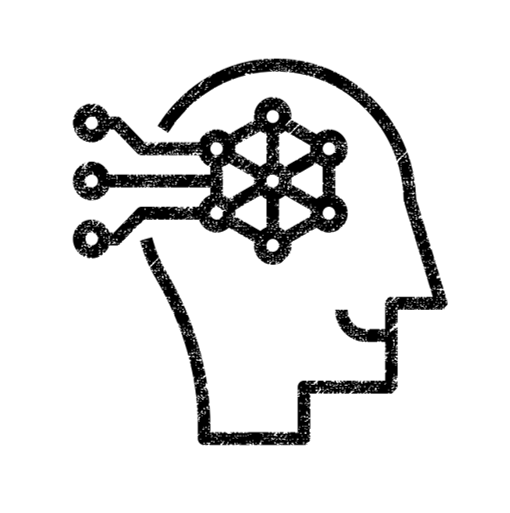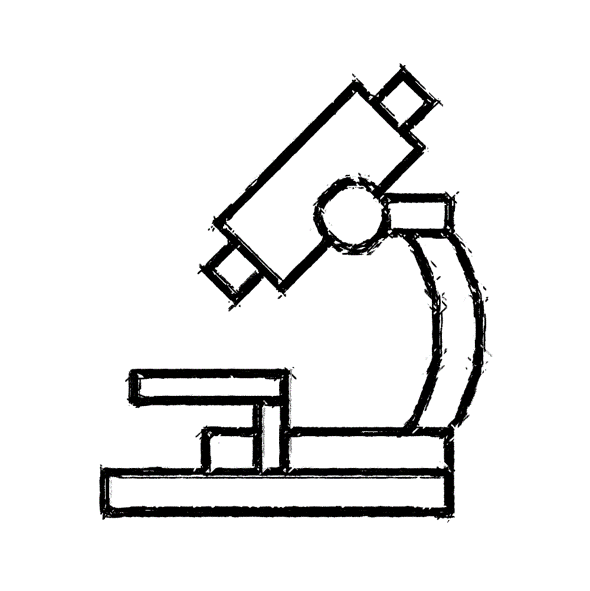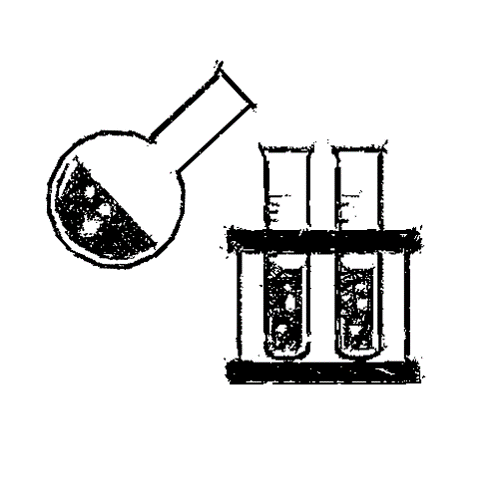Cultural Heritage Technologies’ research line aims at fostering interdisciplinary collaborations in frontiers projects that seek to cross the boundaries of traditional research in Cultural Heritage and Digital Humanities at large. The line supports innovative ideas and approaches that require truly multi- and trans-disciplinary teams and looks into ways in which technology can expand the research scope in cultural heritage and humanities. It capitalises on IIT's renowned strengths in 3D digitisation and retrieval, machine learning and molecular and nano-materials sciences, and it brings together the work being done in these areas. The CCHT currently focuses on four broad research areas, drawing from well-established competencies and expertise available at IIT.
3D Digitisation

The Digitisation domain mainly focuses on the development of next-generation technologies for 3D scanning of artefacts through the introduction of advanced computer vision and signal processing techniques. The primary aim of 3D digitisation is the creation of digital copies (‘twins’) of cultural artefacts held at galleries, archives and museums. This Research Area utilises high-resolution images and structured light scanner data to generate 3D reconstructions of cultural artefacts, exploring emerging computer vision and signal processing techniques. Further, the focus of this Research Area is the development of search methods to provide adequate access to a large number of digitised artefacts, making available the software and hardware outcomes of this work.
Equipment
- UR5e and UR3e Robot Arms: flexible collaborative table-top robot arms equipped with intuitive programming for tackling medium-duty applications.
- 2 Fujinon high-resolution lenses: provide support for up to 5-megapixel camera, engineered for computer vision applications.
Machine Learning

The digital documentation of cultural heritage (CH) often requires the development of methods to infer structure and extract patterns from data. Machine Learning research at the CCHT mainly focuses on the development of innovative methods for extracting information from cultural heritage datasets. This Research Area studies machine learning algorithms for the analysis of multimodal and temporal data (visual, textual and relational) into semantically coherent one, based on existing or to-be-created cultural heritage datasets. This Research Area highly intersected computer vision applications and supports the chemistry and conservation science areas by predicting material properties and interface connections.
Click here to see the Active Projects in this research area.
Equipment
The Center for Cultural Heritage Technology is equipped with its own computational capabilities for training machine learning methods in an effective and efficient way.
- Computational resources
- 2 Workstation BOXX: Dual Intel Xeon SP Gold 5122 3.6Ghz; 128GB DDR4; 4 GPU NVIDIA RTX2080Ti.
- 5 Desktop Dell Aurora: with i9 octa-core; 32GB DDR4; 1 GPU NVDIA GTX1080Ti. - Software resources
- Envi software: image analysis software with the additional Deep Learning module.
- ArcGIS software: the software provides an infrastructure for making maps and geographic information.
Characterisation of Material Culture

This research area focuses on the study of complex and heterogeneous ancient materials at various length scale with the aim of deepening the relationship between structure, micro-environment and colour, and long-term behaviour available within the data collected by existing and emerging techniques. This research is aimed to obtain a better multi-scale description of compound distribution, to provide a clear understanding of past trading of raw materials, manufacturing techniques and alteration mechanisms. This study pushes the analytical methods to their limits because the complexity of material culture is not completely reproducible in laboratory conditions, and requires extra effort in order to define an effective and universal diagnostic protocol.
Click here to see the Active Projects in this research area.
Equipment
- Optical Microscope (Olympus): the microscope mounts a Cool LED lamp connected to a control pod for adjusting the colour channel status and intensity. The microscope is coupled to a digital CCD camera (Olympus LC30) for image acquisition through the CellSens software.
- Stereoscopic Zoom Microscope (Nikon): the stereoscope mounts a fibre-guided halogen lamp and backwards illumination. The microscope is coupled to a digital CCD camera for image acquisition through the X-Entry software.
- Chroma Meter (Konica): spectrophotometer for measuring the colour coordinates, supported by the SpectraMagic NX software.
- Hyperspectral camera (HERA, Nireos): portable camera for reflectance imaging spectroscopy (400-1100 nm) complemented with two LED lamps (5600K) and Halogen lamps.
- Electrochemical workstation (CHI660E): potentiostat and galvanostat instrument for the analysis of corrosion, impedance measurements and diagnostic.
The CCHT has additional access to the instruments (XRD, XRF, XPS, AFM, Optical Profilometer and many others) of the Materials Characterisation Lab - coordinator Mirko Prato - within the central IIT hub in Genoa.
Protection of Material Culture

The research area aims at developing protective coatings designed to slow down the degradation of archaeological/artistic objects. Each solution is defined based on an accurate study of the composition and deterioration state of cultural items, in order to find the optimal compromises between protection and aesthetic preservation. The Center is particularly devoted to the application of green and sustainable materials for the protection of our cultural heritage.
Click here to see the Active Projects in this research area.
Equipment
- 2 fully furnished chemical labs
- Ageing chambers: one bench-top clime chamber with temperature and humidity controller; one weathering chamber with Xenon lamp, water spray and temperature measurement.
- Dip coater: automatic systems for deposition of polymeric films.
- Spray coater: automatic systems for deposition of nanoparticles.